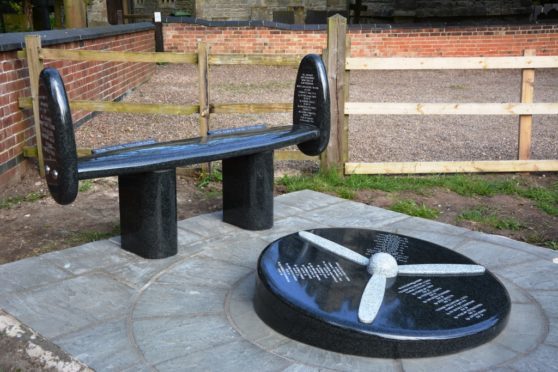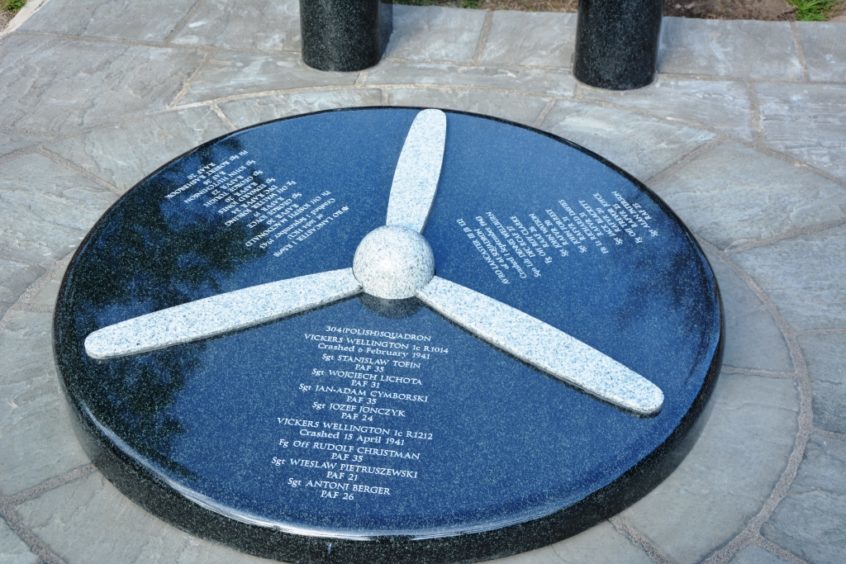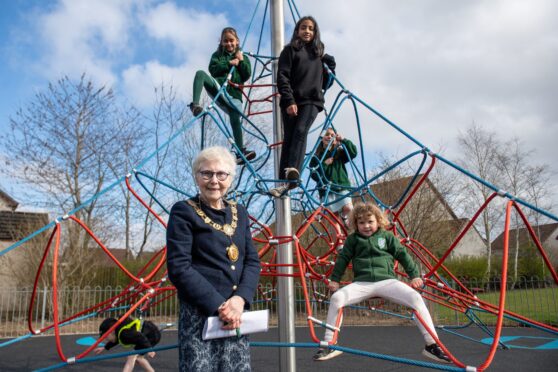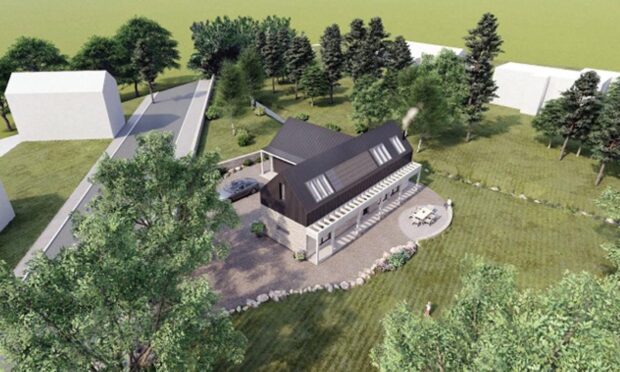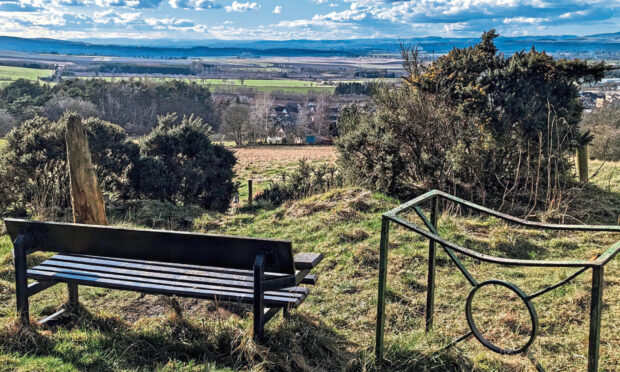A forgotten Tayside airman is to be remembered exactly 75 years to the day that he was killed in a wartime plane crash.
Sergeant Alan Paterson was among 15 men who died when two Lancaster bombers collided in mid-air in 1943 near to the village of Bleasby in Nottinghamshire.
The crew of Lancaster JB132 had taken off from RAF Syerston in Nottinghamshire and were returning from a bombing raid in Berlin when the accident happened.
A dedication event on September 1 will unveil a new memorial which records the names of 40 aircrew who were killed in six aircraft crashes in the vicinity of Bleasby.
The memorial has been manufactured in granite by a local stonemason and has been funded as a community project by the Bleasby villagers with some grant assistance from Nottinghamshire County Council.
Organiser Ken Ogilvie said he is trying to track down descendants or relatives of Mr Paterson to invite them to attend the ceremony.
“These incidents had been largely forgotten, and the crews and aircraft have been identified as a result of many years of research and interviews with eye witnesses,” he said.
“It has been my experience that families had very little knowledge of how their sons died during wartime, typically told only ‘killed on active service’ with no information about when and how.
“So the families that I have contacted so far have been most grateful for my research and information.”
Mr Paterson was the son of John and Martha Paterson of Glendevon, Perthshire.
He was born in 1918 and was just 25 when he was killed.
He married Margaret Small Calcott at Brechin Cathedral on Boxing Day in 1942.
“It is possible that Alan and Margaret had a son or daughter,” said Mr Ogilvie.
“However, without a christian name and a birth registrar entry, I have not been able to identify anyone so far from my research.
“It is also possible that either Alan or Margaret had siblings, or that Margaret remarried and possibly had children.
“Several of the airmen did have children, some born after their fathers were killed, and this group is a particular target for my search for relatives.”
A Lancaster crew is normally seven men but unusually there were eight on board during Mr Paterson’s fatal flight.
Mr Ogilvie believes the Squadron Leader was taking a new pilot along for his first raid over Germany.
He said the chances of surviving the training and the 30 active sorties that each airmen volunteered to do were pretty low, particularly between 1940 and 1943.
Mr Ogilvie said many young RAF bomber command airmen like Alan Paterson got married whilst in active service.
He said: “They and their wives must have known that they were taking huge risks with their lives with every sortie flown.”
